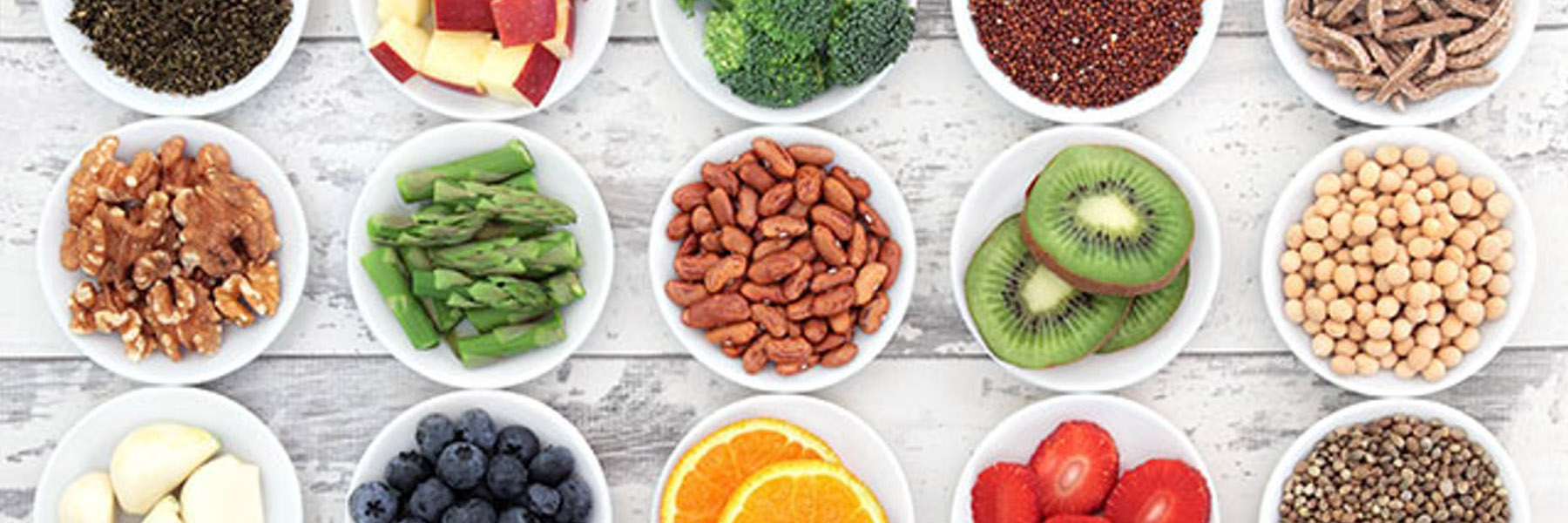Top 10 Superfoods That Contribute to a Healthier Lifestyle
Superfoods are natural foods that are particularly high in the nutrients you need to live a healthier life. In this article, we will be focusing on the top 10 superfood categories for your convenience.
—
You’ve probably heard the word “superfood” many times over the past decade or so. It’s a popular buzzword used widely in both the food industry and health industry. While there’s no coined definition for it, words have a funny way of evolving with our ritualistic use of them eventually finding their way into official records by popular demand.
When you scroll down the page of the almost endless list of “super-” prefixes on the Oxford English Dictionary (OED) website, you’ll find a description of superfood: “a food considered especially nutritious or otherwise beneficial to health and well-being.” When you examine the etymology, you’ll notice that the word was discovered as early as 1915! That’s pretty amazing if you ask me.
What makes superfoods super?
Superfoods are really just nutrient-rich natural foods that you should eat to promote a healthier lifestyle. Consuming these foods on a regular basis can improve your immune system so your body can fight sicknesses and potentially the more adverse effects of aging.
For example, blueberries are one of the most often cited superfoods that have undergone numerous scientific studies. They contain an antioxidant compound called anthocyanins that inhibit the growth of cancerous cells in the colon and even kill them off. Similar to blueberries, pomegranate juice has been studied widely. Results declare that pomegranate juice has been shown to lower blood pressure and reduce oxidative stress in healthy people, both significant factors that can result in heart disease.
What the scientific evidence suggests about superfoods?
One major point argued by the European Food Information Council (EUFIC), is that superfoods are often studied in isolated environments that don’t necessarily reflect the normal digestive conditions of a regular human diet. Lab tests also achieve questionable results, considering the fact that animals (like rats and mice) are often the subjects examined. Another scientific bias reveals that high levels of nutrients are often used in scientific studies, which can be difficult to attain under normal eating conditions.
In order to gain the benefits of superfoods some scientific studies suggest, one would probably have to consume these foods more often than usual to attain the results. This leads to a contradiction: “[eating foods more often than normal] could be counter-productive, especially for certain foods: frequently consuming cocoa in the form of chocolate, for example, would boost intakes not only of cocoa’s health-promoting flavonoids but also of other nutrients of which we are recommended to consume less.”
No one food can offer you all the nutrition, health benefits and energy you need to live your life, which is why it’s so important to develop healthy eating patterns that include as many healthy ingredients from many different food groups.
It’s important to acknowledge that there are numerous different ways to get as many benefits as you can possibly get from the countless superfoods that exist. For instance, buying frozen foods (like blueberries and other fruits) is a great way to get the maximum nutritional benefits from superfoods considering the fact that fruits are often frozen at maximum ripeness.
Superfood powder is another great way to get increased amounts of the healthy vitamins, minerals, essential fats, and other various nutrients you need to stay healthy. Oftentimes, servings of superfood powders can offer you more than your recommended daily value of vitamins, minerals and other nutrients.
Since there are so many nutrient-rich natural foods that fit under the umbrella term “superfoods,” it makes sense to discuss them by category instead of individual ingredient. Each category is listed below:
1. Berries
As mentioned above, blueberries are rich with antioxidants that help fight multiple diseases. In general, berries are high in fiber and readily available fresh and frozen year round. Add them to smoothies for a healthy meal, or throw them in salads and yogurt.
2. Cruciferous vegetables
Cabbage, brussels sprouts, broccoli, cauliflower, collard greens, kale, kohlrabi, mustard greens, radishes, and turnips. All foods just listed are an excellent source of fiber and they contain powerful disease-fighting nutrients and phytochemicals, like sulforaphane indoles, thiocyanates, and nitriles, which may fight or prevent some types of cancer, including lung cancer and colon cancer.
3. Fish
As well as being a great source of protein, fish like anchovies, king, sockeye and coho salmon, sardines, mackerel, trout and herring have super rich in DHA and EPA omega-3 fatty acids. DHA and EPA omega-3 fatty acids are considered good fats and may deliver various benefits for your body and brain.
4. Leafy greens
Dark, leafy greens like kale, spinach and chard are high in iron, calcium, vitamin A and vitamin C, as well as many phytochemicals, which, according to Harvard Heath, are chemicals made by plants that are extremely good for you and may go beyond the normal benefits of vitamins and minerals.
5. Legumes
Soybeans, red beans, kidney beans, chickpeas (garbanzo beans), black beans and peas. There are tons of different legumes that are rich in plant protein and fiber, and studies show that they can reduce the risk of heart disease. Legumes are high in folate and contain complex carbs, copper, vitamins, minerals, iron, magnesium, manganese, phosphorus, potassium and zinc.
6. Nuts
Hazelnuts, pecans, almonds, and especially walnuts are a great source of plant protein, and contain monounsaturated fats, which may be a factor in decreasing the risk of heart disease. Walnuts are particularly healthy because along with reducing bad cholesterol and potentially reducing arterial inflammation, they’re rich in antioxidants, vitamin E, selenium and magnesium.
7. Olive oil
Another great source of vitamin E, olive oil contains antioxidants, monounsaturated fats and polyphenols, which have been shown to reduce inflammation and may help reduce the risk of heart disease.
8. Tomatoes
Tomatoes are high in vitamin C, vitamin K, lycopene, folate and potassium and are known to be able to fight the risk of many diseases.
9. Whole grains
One trick to adding more whole grains in your diet is checking the label on your bread and ensuring the first ingredient reads “100% whole wheat flour.” Whole grains taste great, fill you up faster (so you end up eating less when you eat them) and they’re loaded with soluble and insoluble fibers, contain a variety of healthy B vitamins and also have high levels of magnesium and manganese.
10. Yogurt
Yogurt is a particularly impressive superfood and contains some of nearly every nutrient your body needs. It’s great for your heart, your bones, your digestive health, your immune system and contains probiotics which can even protect your body from more harmful bacteria.
Want to learn more about how Protein Research can solve your needs for developing and manufacturing high quality nutraceuticals, functional foods and dietary supplements that include these superfoods? Contact us and get a quote today.
Superfood Benefit Enhancing Nutraceuticals, Functional Foods & Dietary Supplement Categories
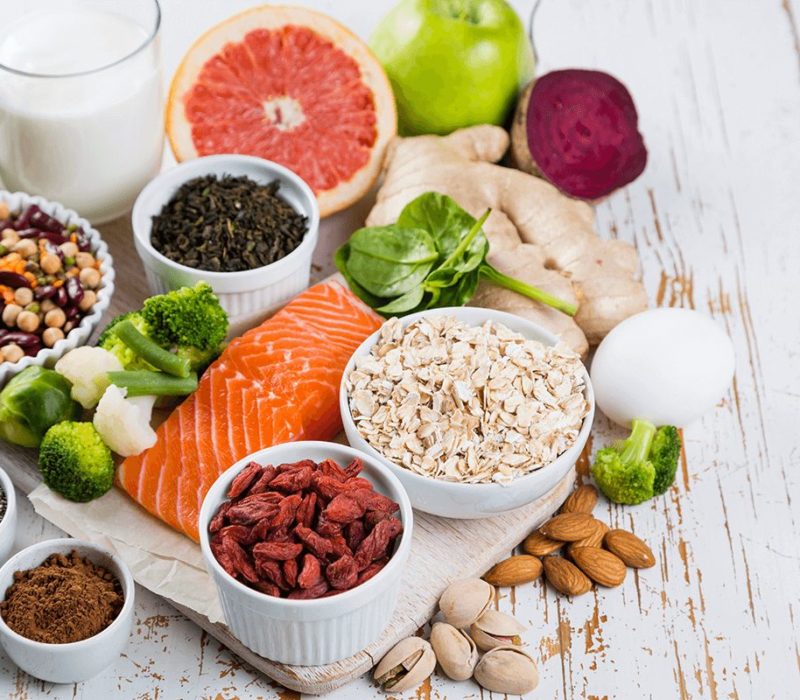
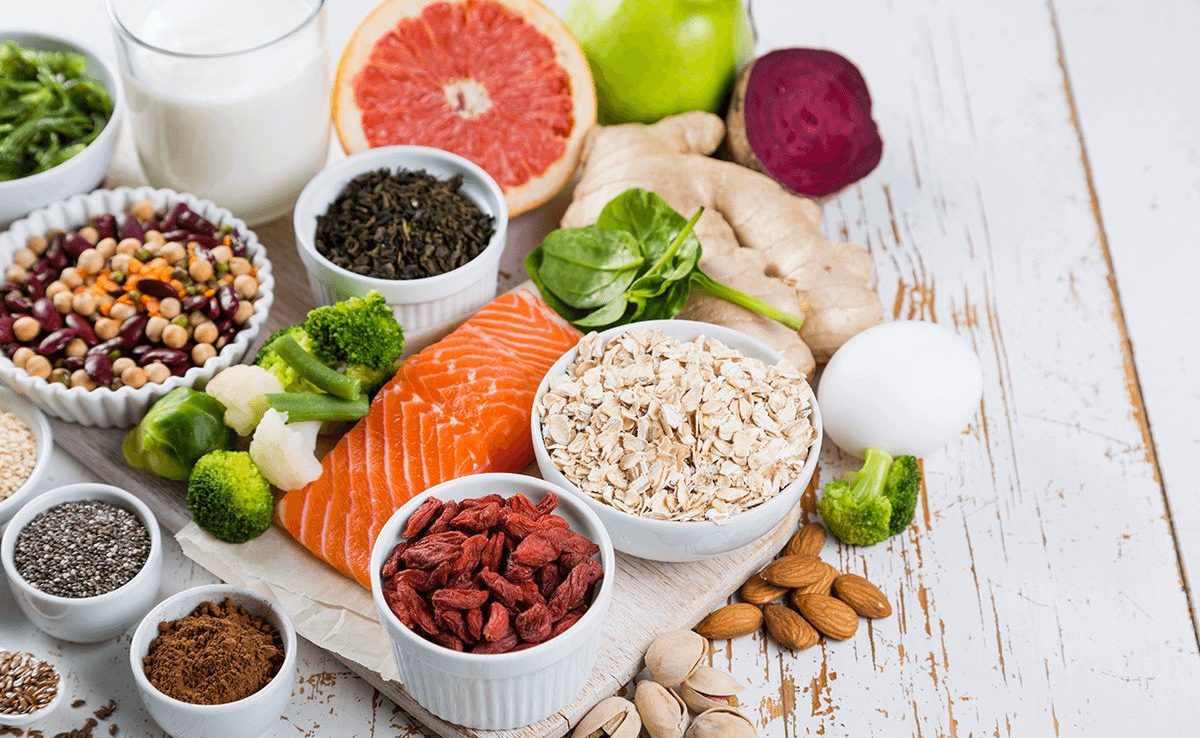
Superfood Products
The benefits of superfoods have been known for quite a long time, but the reality is these so-called “superfoods” don’t necessarily have superpowers.
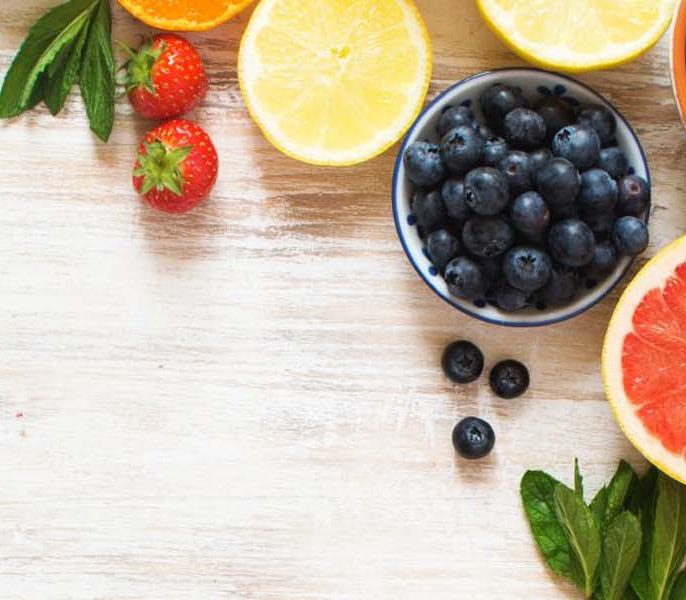
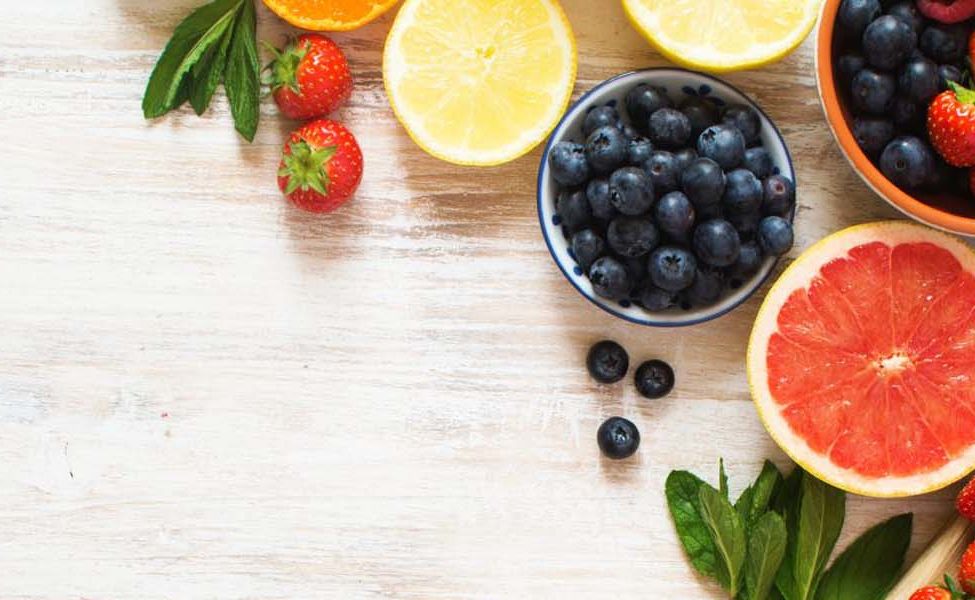
Antioxidant Supplements
Antioxidant foods and antioxidant vitamins help protect your cells.
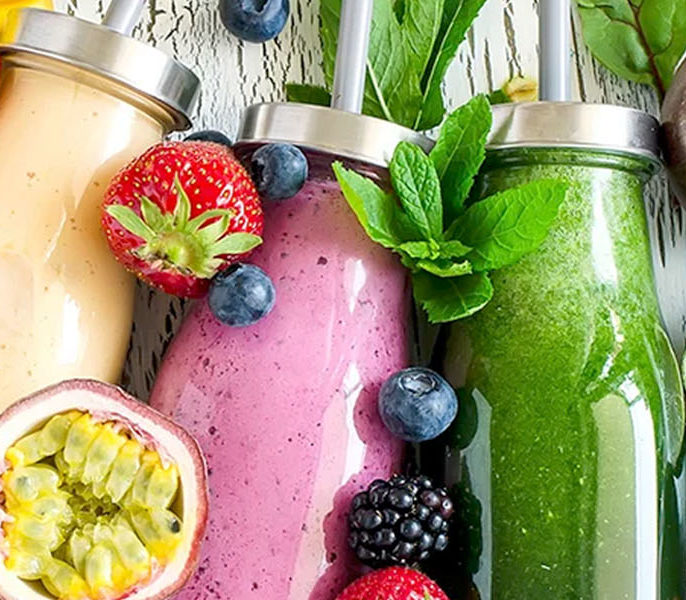
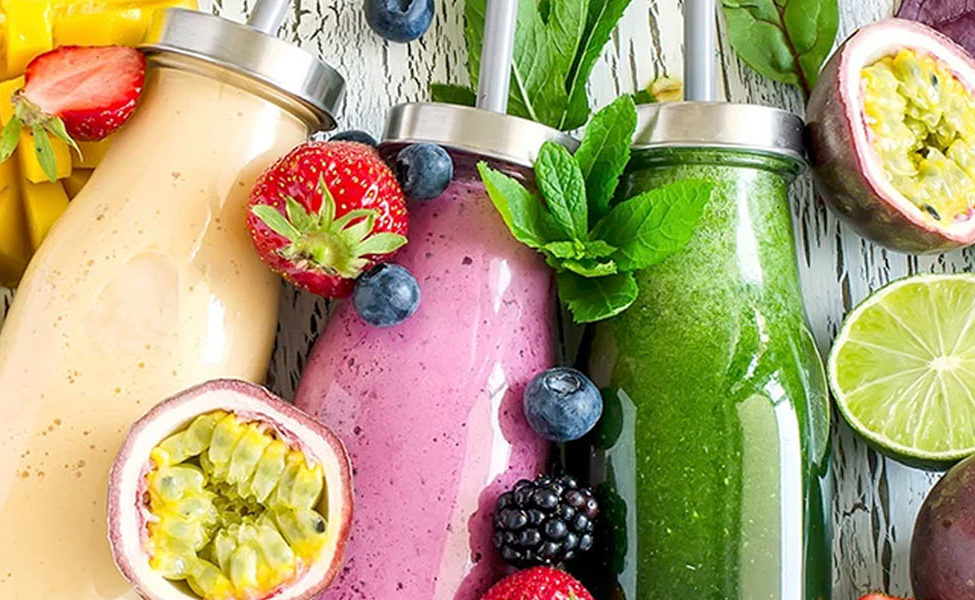
Beverage Mix Products
We have various ingredients for your beverage mix products, including powdered beverage mixes for health and wellness.
